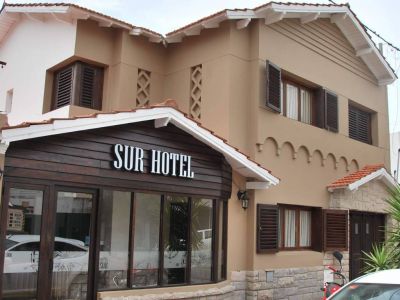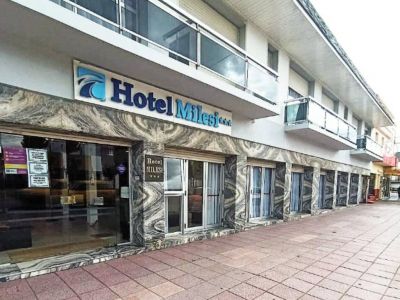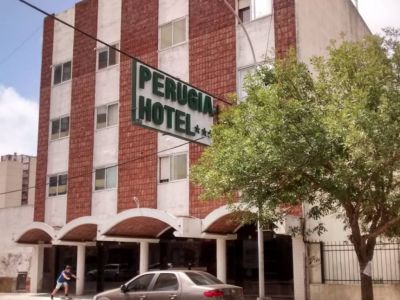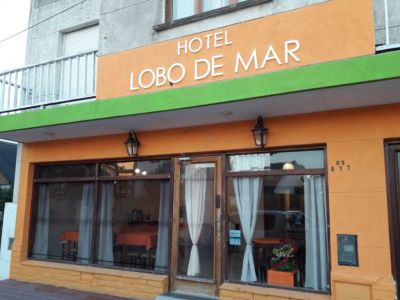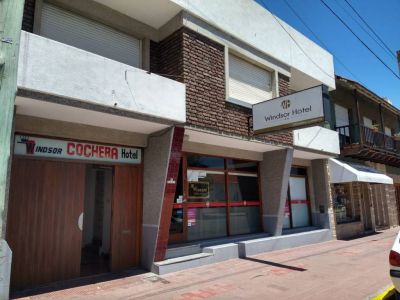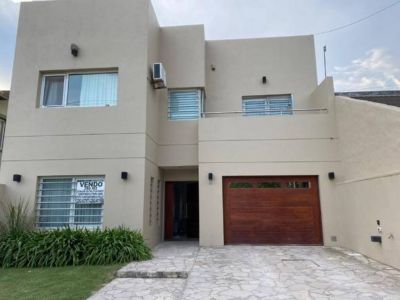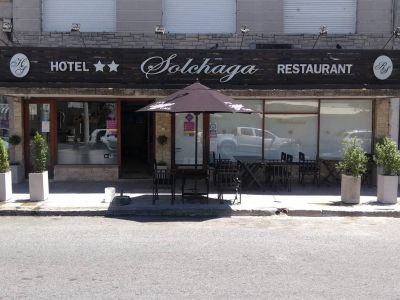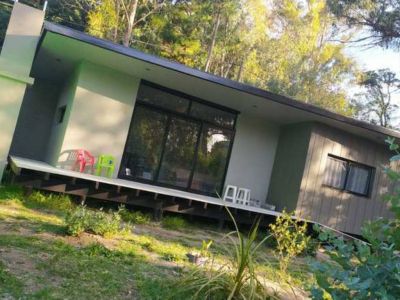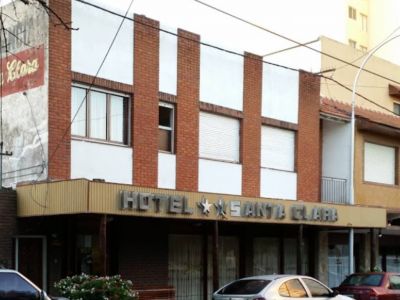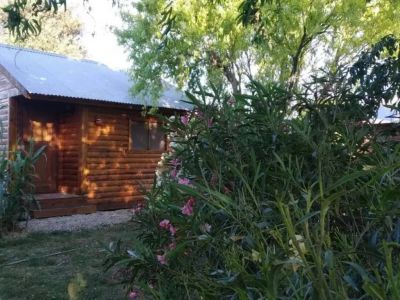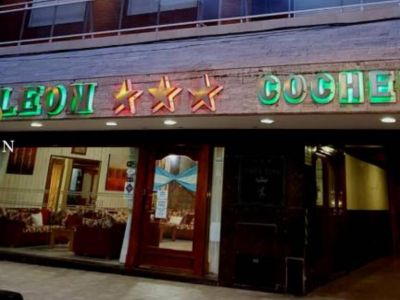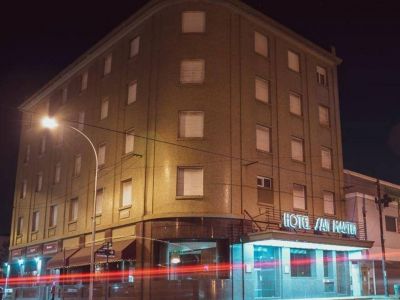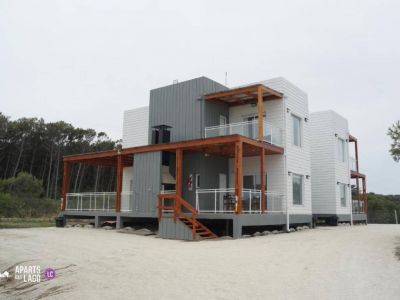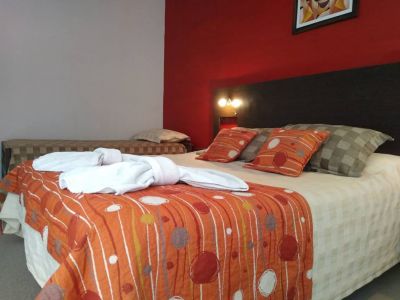Quequén: A Bridge, A Lighthouse and A Monument
The difference between Quequén and neighboring Necochea is that everything seems to move in slow motion in the former, as if they were two very different places divided by a breakwater.
Geography maps and books say that Quequén is a seaside resort in the Province of Buenos Aires resting on the Atlantic coast in the Municipality of Necochea. But on the other side of the breakwater or the river, there lies a small district called Quequén. Not only is it smaller than Necochea, but also warmer and less populated: quite different. With its own harbor, after which it has been named, little Quequén features some attractions that make it an ideal site to visit during a stay in Necochea, both to relax and do something different and just to see this coquettish urban settlement.
The lighthouse of this district lies a few blocks away from the shore and was inaugurated on November 1, 1921. Its almost 30 meters of height enable cereal ships to approach the coast cautiously. It is their eyes in the sea and its range is 45 kilometers of distance, approximately. In the last few years, surfing has been one of the most popular activities in Quequén, along with angling, which is practiced on the breakwaters that border the river emptying its waters into the sea. The beaches are generally quiet and less visited by tourists. Therefore, they are ideal for those who wish to rest, read or surf some of the big waves that hit these shores. One of the most picturesque and best-known beaches is Costa Bonita. Lonely as no other, its peace provides an ideal atmosphere for several generations who search for quietness and a harmonic way of approaching nature. In the area known as the Bay of the Winds, there stands the Monument to those who fell in Malvinas. Named Malvinas’ Exploits and built with the purpose of never forgetting what happened, this wonderful work was made by sculptor Andrés Mirwald, from Santa Fe. It represents the national flag from where the Motherland emerges holding a fallen soldier. The famous Malvinas Islands may be appreciated underneath. The names of the soldiers born in the District of Necochea are also on display in the monument, usually visited with respect and admiration by passer-byes. Some shipwrecks, especially one that has run aground and rests on the coastline sand, are also part of the tourist attractions that give evidence of the history and the roughness of this sea. The same sea that years ago was discovered by some soldiers, among which was the Englishman Thomas Falkner –a missionary of the Company of Jesus. He recognized the need to build a harbor on the mouth of this huge river today called Quequén Grande (Big Quequén). Founded on August 3, 1854, Quequén began to write its own history, which should not be ignored if we happen to spend our vacations at fine-looking Necochea.
Pablo Etchevers
Gentileza Playaquequen.com.ar
















